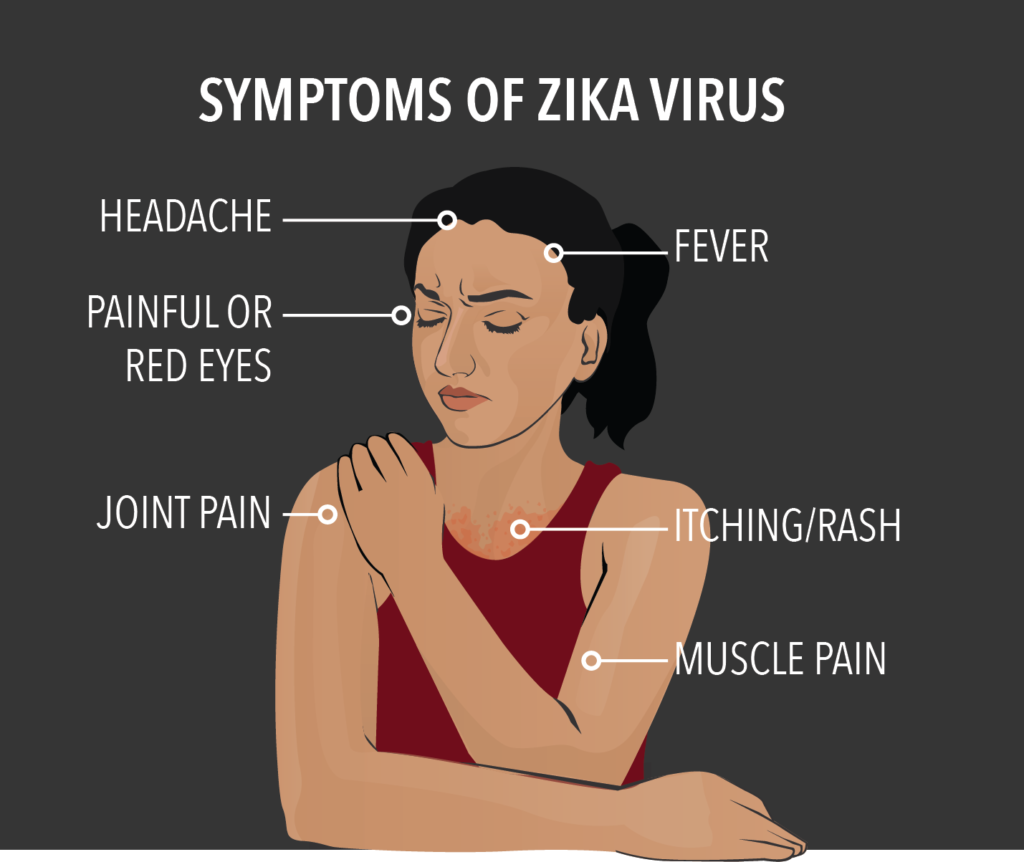 The death of yesteryear Bollywood charmer Shashi Kapoor a couple of days ago was a grim reminder of how a large number of Indians are falling prey to kidney diseases. Kapoor had been on dialysis for several years.
The death of yesteryear Bollywood charmer Shashi Kapoor a couple of days ago was a grim reminder of how a large number of Indians are falling prey to kidney diseases. Kapoor had been on dialysis for several years.
The 2016 budget announcement of a National Dialysis Programme too was testimony to the growing disease burden. Some estimates suggest that every year there are 2.2 lakh new patients of End Stage Renal Disease (ESRD) in India. The recently released State Level Disease Burden Study for India shows that Chronic Kidney Disease (CKD) shows the fifth largest increase in prevalence (26.1%) between 1990 to 2016. The other diseases that showed a sharper spike in that period are diabetes (64.3%), cerebrovascular disease (CVD) (53.9%), ischaemic heart disease (IHD) (53%) and chronic obstructive pulmonary disease (29.2%). Incidentally diabetes and hypertension (that also leads to CVDs and IHDs) are known risk factors for kidney diseases, accounting, by some estimates, for 40-60% cases of Chronic kidney disease in India today.
What is Chronic kidney disease?
Chronic kidney disease (CKD) is progressive loss in kidney function. Kidneys are responsible for removing excess fluid and waste from the body – both can be toxic for the body if they are not got rid of. Damage to kidneys because of a range of factors including exposure to high blood pressure and high blood sugar can, over time reduce its ability to perform that function. For some time that impaired function is compensated for but after a point the kidneys essentially shut down. This is CKD.
What are the symptoms of CKD?
A person can lose up to 90% of their kidney functions before experiencing any symptoms. Inability to remove excess fluid from the body leads to swelling of legs, face and in advanced cases fluid accumulates in the lungs causing difficulty in breathing. Accumulation of toxins in the body leads to fatigue, nausea, hiccups and loss of appetite. Healthy kidneys secrete the hormone erythropoietin (or EPO), which stimulates red blood cells to form. But as kidney function declines, production of this hormone is impaired and anaemia (low red blood cell count) can occur. Kidneys are also pivotal in maintaining calcium and phosphate levels in the blood, so failing kidneys can lead to increased phosphate levels leading to severe itchiness and low calcium levels leading to fragile bones, also known as osteoporosis. Chronic kidney disease can indirectly lead to rise in blood pressure due to accumulation of fluids in the body.
Who are at risk?
People with Diabetes, high blood pressure, smoking, obesity, high cholesterol level, heart disease, stroke and those who are over 60 years of age are at increased risk. People with a family history of kidney disease are also particularly vulnerable to it. Repeated use of painkillers, called NSAIDS (Non steroidal anti inflammatory drugs) and less commonly infections too have been implicated. More rarely, kidneys may be damaged by someone’s own immune system called autoimmune disorders. Acute kidney injury, a form of completely reversible kidney damage also increases the chances of chronic kidney disease in future. Growth of multiple cysts in the kidneys, known as polycystic kidney disease,which are present since birth and other structural defects of urinary passage causing reverse pressure on the kidneys (reflux nephropathy) are common causes.
How to test for kidney functions?
A simple blood test called KFT /RFT (Kidney Function test/Renal function test) that measures levels of urea, creatinine, uric acid, total protein ,albumin and electrolytes (sodium, potassium, phosphate and calcium level) in the urine can estimate kidney function. The main indicator of kidney function is blood level of creatinine, a waste product of the body produced by muscles and excreted by the kidneys. If kidney function is reduced, creatinine accumulates in the blood leading to an elevated level when a blood test is checked. Kidney function is best measured by an indicator called GFR (Glomerular Filtration Rate) which measures the blood filtration rate by kidneys. This indicator allows doctors to determine if the kidney function is normal, and if not, to what level the reduced kidney function has deteriorated. GFR can easily be estimated (eGFR), from measurement of the blood creatinine level, and taking into account, age, ethnicity and gender. Usually, kidney disease starts slowly and silently, and progresses over a number of years. Not everyone progresses from Stage 1 to Stage 5. Stage 5 is also known as End-Stage Renal Disease (ESRD).
What are the available treatments?
There is no cure for chronic kidney disease, although treatment can slow or halt the progression of the disease and can prevent other serious conditions developing. In early stages, keeping blood pressure near normal (120/80 mmHg), strict control of diabetes and blood cholesterol, quitting smoking, regular exercises, low protein and low salt diet, avoiding over the counter painkillers and certain antibiotics which pass through kidneys like aminoglycosides can halt the progression of the disease for many years.
In late stages, when wastes and fluid accumulate in our body and kidneys fail to remove them, then one needs dialysis to remove these wastes and excess fluid from blood. Dialysis is the process in which the blood from the body is circulated through a membrane which filters out excess water and toxins. It can be done either by machine (hemodialysis) or by using fluid in abdomen (peritoneal dialysis). Each session can cost Rs 2-3000 per session, patients usually need three sessions a week. In end stage renal disease, a kidney transplant operation may be required. Transplant is considered the best treatment for many people with severe CKD because quality of life and survival are often better than in people who use dialysis.
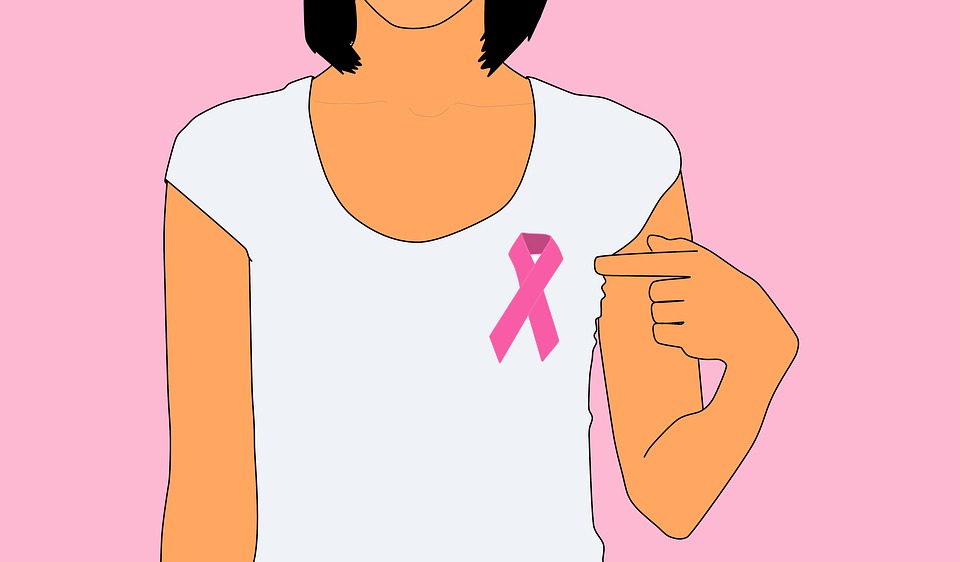
 Among 1.8 million women who were followed on average for 10.9 years, 11,517 cases of breast cancer occurred. The relative risk of breast cancer among all current and recent users of hormonal contraception was 1.20, the NEJM article says. After discontinuation of hormonal contraception, the risk of breast cancer was still higher among the women who had used hormonal contraceptives for 5 years or more than among women who had not used hormonal contraceptives.
Among 1.8 million women who were followed on average for 10.9 years, 11,517 cases of breast cancer occurred. The relative risk of breast cancer among all current and recent users of hormonal contraception was 1.20, the NEJM article says. After discontinuation of hormonal contraception, the risk of breast cancer was still higher among the women who had used hormonal contraceptives for 5 years or more than among women who had not used hormonal contraceptives.



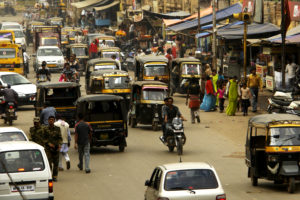
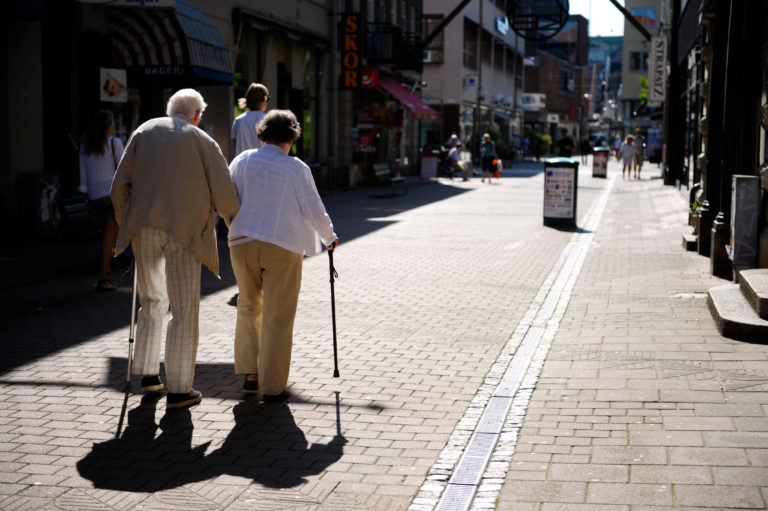
 As short as a two-hour exposure to soot and dust found in traffic fumes on busy roads could lead to stiffening of arteries and impaired lung function, especially in older people, a study led by researchers at the Imperial College, London has found. The study, published in The Lancet, strengthens the case to reduce vehicle emissions so that everyone can enjoy the health benefits of physical activity.
As short as a two-hour exposure to soot and dust found in traffic fumes on busy roads could lead to stiffening of arteries and impaired lung function, especially in older people, a study led by researchers at the Imperial College, London has found. The study, published in The Lancet, strengthens the case to reduce vehicle emissions so that everyone can enjoy the health benefits of physical activity.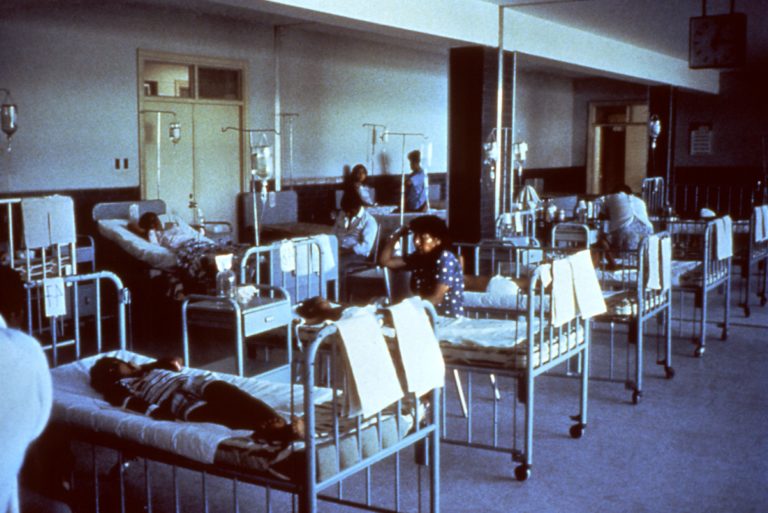


 The death of yesteryear Bollywood charmer Shashi Kapoor a couple of days ago was a grim reminder of how a large number of Indians are falling prey to kidney diseases. Kapoor had been on dialysis for several years.
The death of yesteryear Bollywood charmer Shashi Kapoor a couple of days ago was a grim reminder of how a large number of Indians are falling prey to kidney diseases. Kapoor had been on dialysis for several years.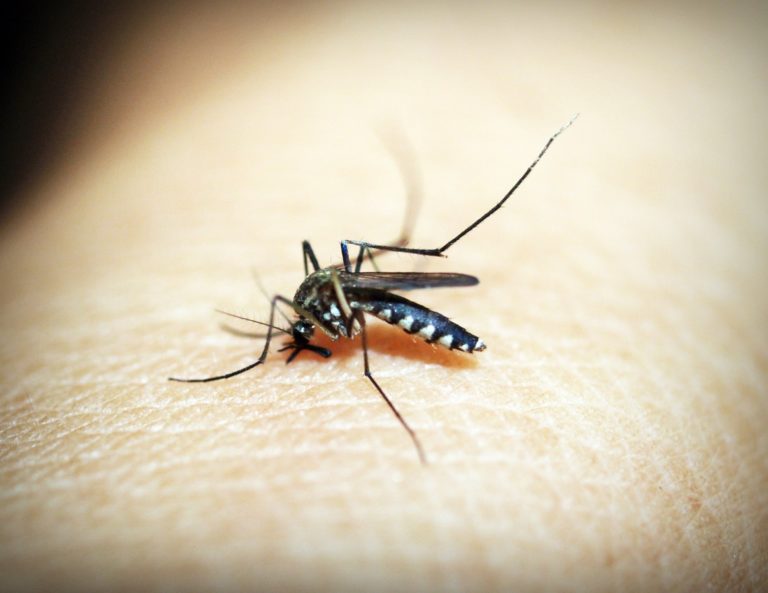
 India must have heaved a sigh of relief as disturbing revelations about a dengue vaccine marketed by the French pharmaceutical giant Sanofi unfolded last week and Philipines ordered a probe into the vaccination of 7,30,000 children with a vaccine that its makers now admit may aggravate dengue symptoms. Sanofi had, last year applied for a phase III clinical trial waiver in India which the government turned down despite an expert committee of the drug controller general of India having been in its favour.
India must have heaved a sigh of relief as disturbing revelations about a dengue vaccine marketed by the French pharmaceutical giant Sanofi unfolded last week and Philipines ordered a probe into the vaccination of 7,30,000 children with a vaccine that its makers now admit may aggravate dengue symptoms. Sanofi had, last year applied for a phase III clinical trial waiver in India which the government turned down despite an expert committee of the drug controller general of India having been in its favour.
 A new UNICEF paper estimates that almost 17 million babies under the age of one live in areas where air pollution is at least six times higher than international limits – conditions that can damage their lungs and brains. More than three-quarters of these young children – 12 million – live in South Asia.
A new UNICEF paper estimates that almost 17 million babies under the age of one live in areas where air pollution is at least six times higher than international limits – conditions that can damage their lungs and brains. More than three-quarters of these young children – 12 million – live in South Asia.

